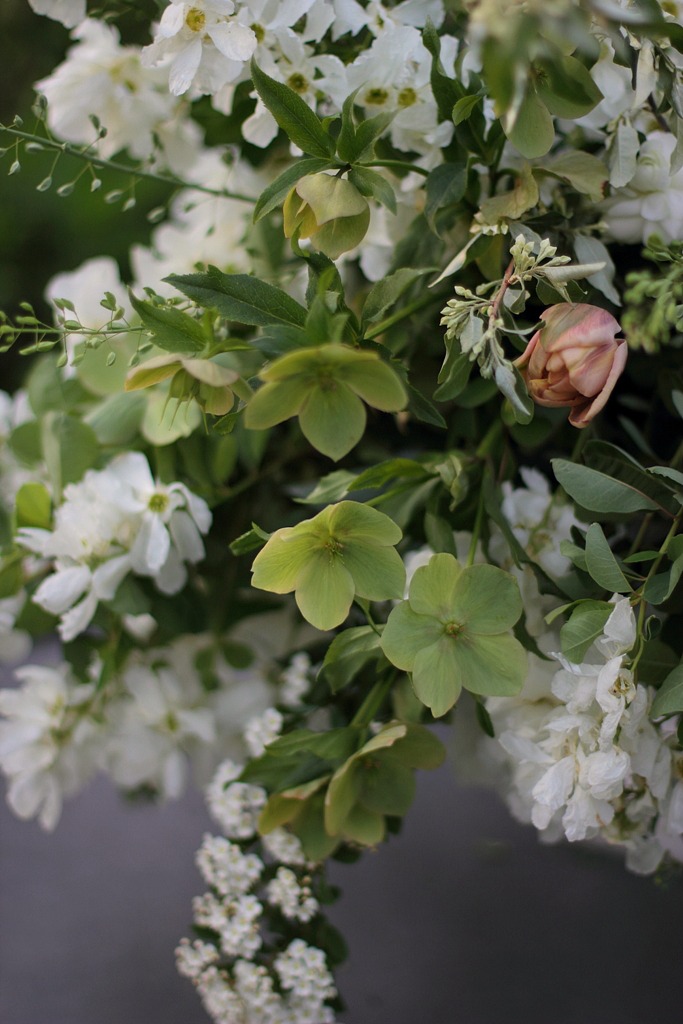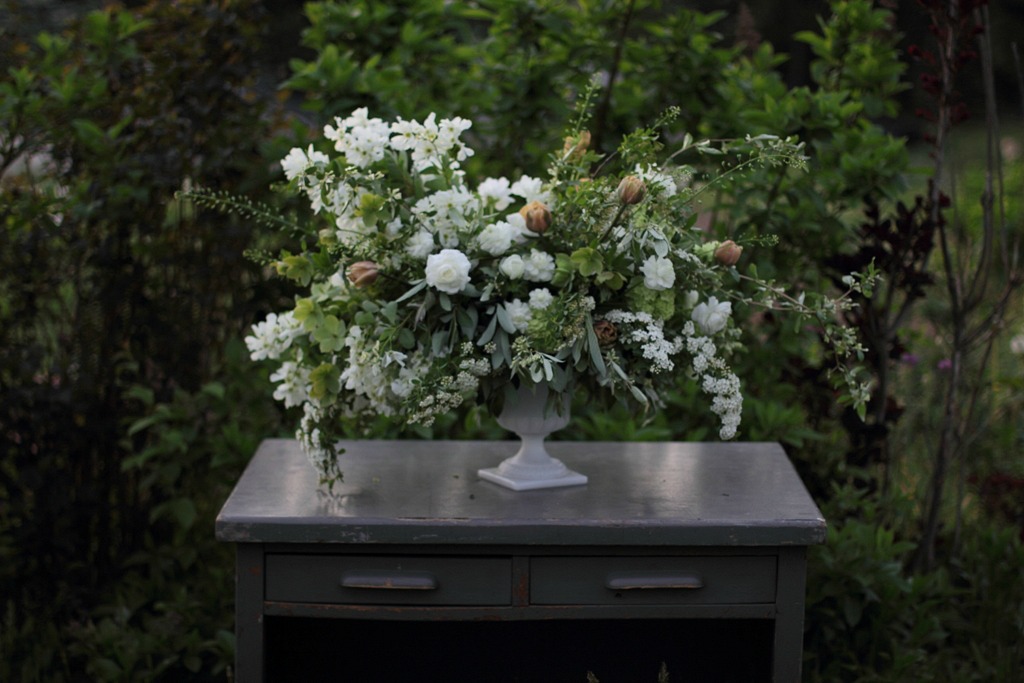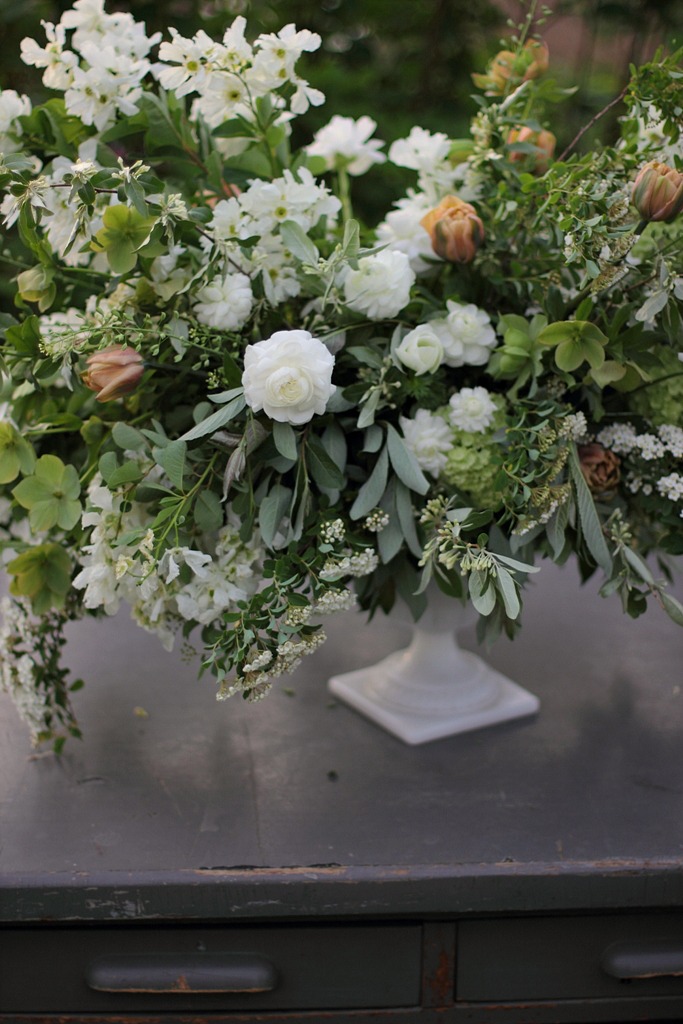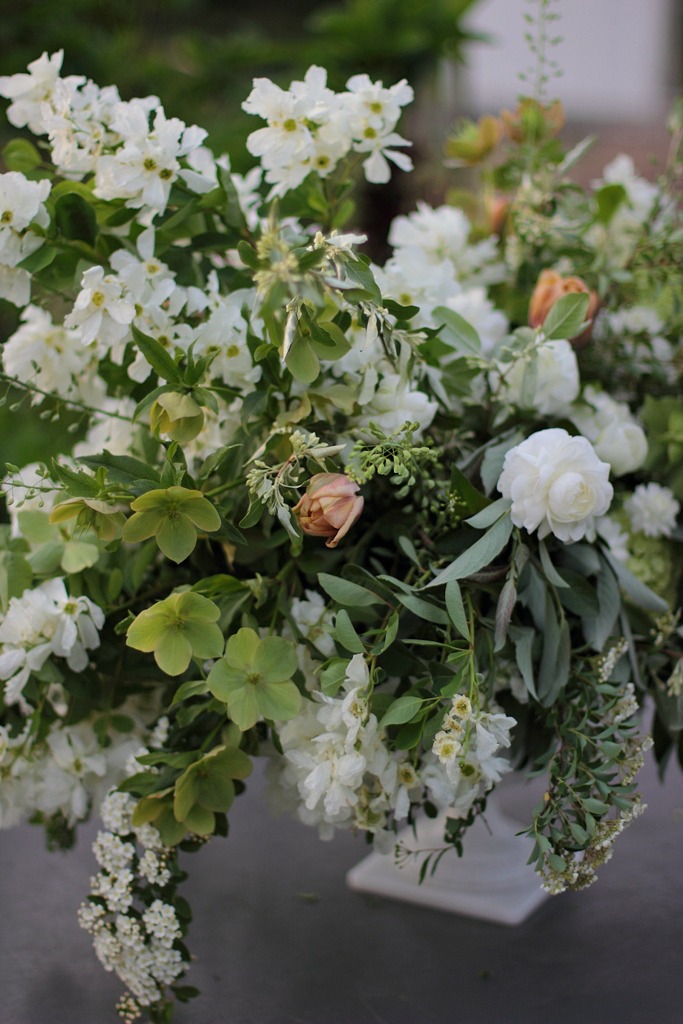The drought may be killing lawns, but whatever — they’re useless. When drought starts going after trees, however, that’s another matter. As year four of California’s drought rolls around, the magical, shade-providing carbon sinks are starting to perish, thanks to a lack of rain and a more recent lack of lawn irrigation.
It turns out all that profligate sprinkling was feeding California’s trees — and when cities cracked down on turf, they inadvertently starved out the more useful urban greenery. And while this one’s partly on us — maybe we should have realized that all those trees need to drink, too — we can give climate change (which is ultimately on us as well) a lot of the credit for this fun development. Climate change, you’ve done it again! Everyone else: Welcome back to Spoiler Alerts.
Nature has already killed an estimated 12 million trees in California’s forests since the drought began four years ago — most falling victim to an outbreak of the bark beetle pests that attack trees weakened by drought.
Now, trees in city parks, along boulevards and in residential neighborhoods are dying because homeowners, businesses and municipalities have stopped watering.
A recent report by the U.S Department of Agriculture Forest Service show that the number of street trees in California have not kept up with population growth. The 9.1 million street trees make up 10 percent to 20 percent of the state’s total urban forest. The report also found that tree density has declined 30 percent since 1988 “as cities added more streets than trees.” Tree density fell from 105.5 trees per mile to 75 trees per mile in that period.




